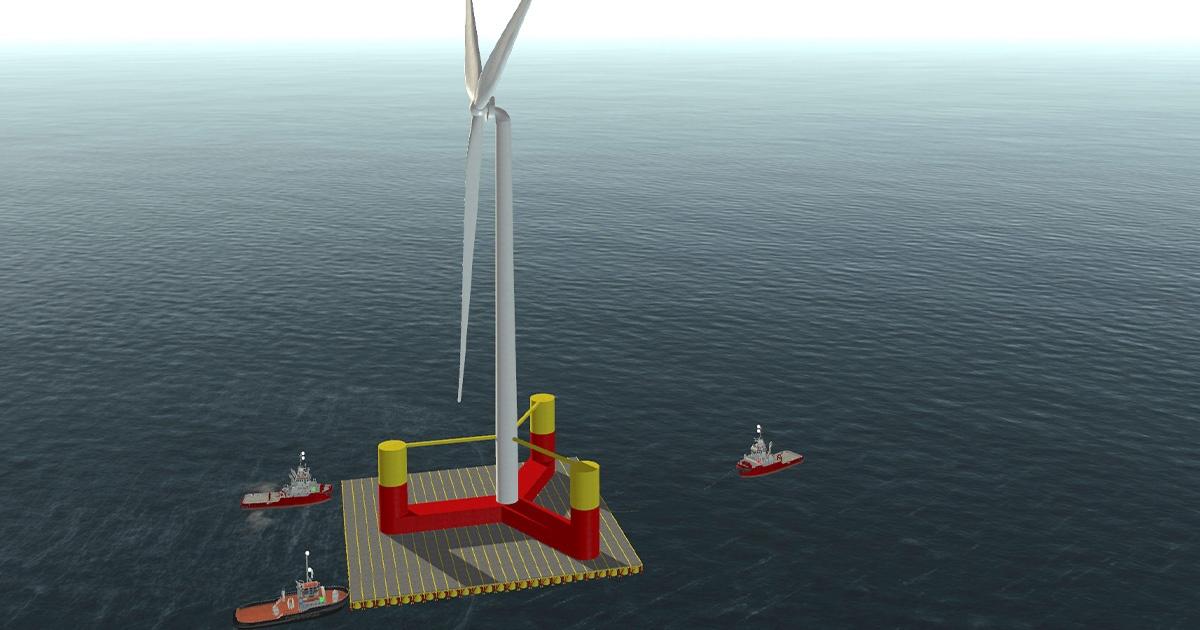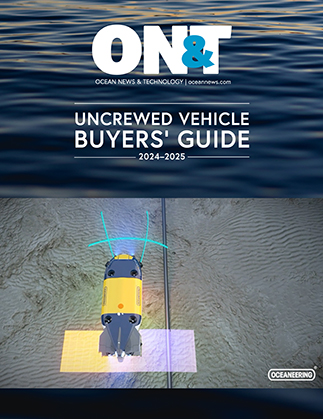The project will simulate the processes of manoeuvring large floating wind turbines into, and out from, Pembroke Port. These simulations will give a detailed understanding of the sequence of events that need to take place to successfully complete these phases of turbine recovery and deployment and help steer future planning for the Port.
The project is a three-way collaboration between the Port of Milford Haven (which owns and operates Pembroke Port), Offshore Renewable Energy (ORE) Catapult, and Tugdock Limited. In a later stage of the project, additional simulations will be performed to assess how Tugdock’s floating dry dock technology could be used to increase capability in these processes.
Work is already well underway at Pembroke Port to establish a world-class base for marine energy and engineering – a £60m project part-funded by the Swansea Bay City Deal. The infrastructure at Pembroke Port is being adapted to accommodate the growing number of renewables developers who are seeking to base themselves there due to its proximity to the Celtic Sea.
Simon Cheeseman of ORE Catapult explains: “The Celtic Sea has some of the best wind resources in Europe, so the fast-growing floating offshore wind industry is a huge opportunity for the region. With floating windfarms, instead of attaching the turbine to a fixed foundation, the turbine is supported by a structure that floats on the surface of the sea. The floating platform is then tethered to the seabed. This technology means that turbines can be located over the horizon in very deep waters, with access to the most consistent and powerful winds. In 2023, the Crown Estate, the controlling authority for the seabed, is issuing leasing rounds for up to 4 GW of electrical energy from floating offshore wind to be deployed by 2035 with a follow on 20GW anticipated by 2045.”
Pembroke Port has the potential to support the assembly and integration of floating wind turbines in future projects, once the necessary infrastructure upgrades are made. As part of this, the Port is being supported by the Marine Energy Engineering Centre of Excellence (MEECE), which is ORE Catapult’s hub for advancing the Welsh offshore renewable energy sector. Working hand in hand with academia and industry, MEECE carries out research to help drive innovation in the supply chain.
Lucas Lowe-Houghton, Director of Business Development for Tugdock, said: “Tugdock’s technology has been designed to help ports play a bigger role in floating offshore wind turbine assembly. It allows floating dry docks to be delivered by road in modular form and assembled at the port to dimensions far wider than most of the world’s existing dry docks. This technology can greatly increase the capacity of docks such as Pembroke Port. The floating platform is then towed to deeper water for launching of the turbines.”
Commenting on the news, Tam Bardell, Energy Development Manager at the Port of Milford Haven, said: “The development of floating offshore wind in the Celtic Sea is a once in a generation opportunity for our region. We are delighted to partner in this project, which can help ensure that our Port reaches its full potential in servicing this new industry.”
Simon Cheeseman of ORE Catapult said: “This pioneering project is breaking new ground and will yield vital information that can help guide the investment and development strategy for Pembroke Port. This is the kind of innovative thinking that is needed in this fast-growing industry.”

